Most commercial green roofs in an urban area offer green space for occupants and manage rainwater, but large scale urban farming is even more valuable. We hear ‘buy local’ a lot, this about more than just economics and supporting local businessesLiving in the age of a climate crisis we need to work to reduce carbon emissions from buildings but also transportation. Any reduction in fossil fuel use for shipping goods, like food, is very encouraging.
The IGA grocery store in Montreal, Quebec is the first grocery store in Canada to grow vegetables on their own green roof to be sold to their own customers. There are other buildings that have hydroponic food production on roofs, but it is the soil that makes it qualify as a ‘green roof’ with all its benefits, including the fact that growing food in soil is what allows it to be certified organic.
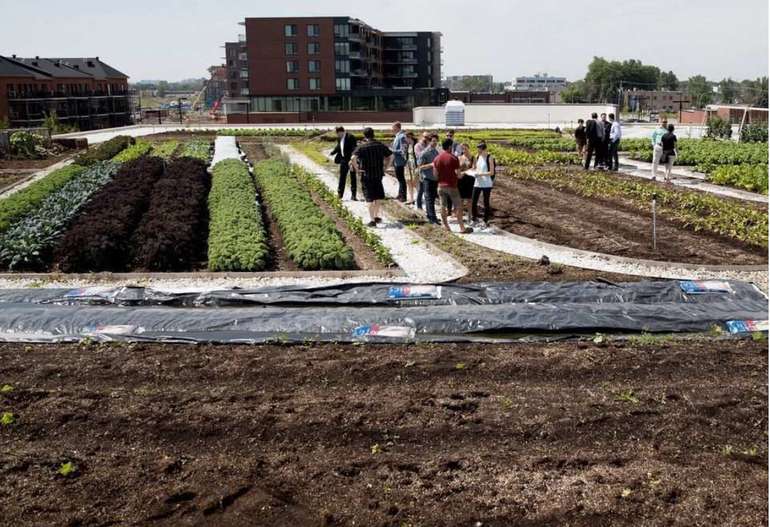
Growing on the 25,000 square foot grocery store green roof are 30 kinds of certified organic vegetables and greens vegetables, everything from standard home garden fare like lettuce and tomatoes, to eggplant, squash and kale.
Why have a green roof?
One of the societal benefits of a green roof is that it manages its own rainwater runoff, where most commercial buildings send storm water to municipal water treatment centers. Additionally, a green roof reduces the ‘heat island effect’ of higher temperatures in dense urban areas due to the amount of concrete and asphalt. A green roof also provides valuable habitat for birds and insects.
The IGA green roof also has bee hives, so it is helping sustain the bee population which is experiencing a disturbing decline. Bees are critical to food production and our ecology in general.
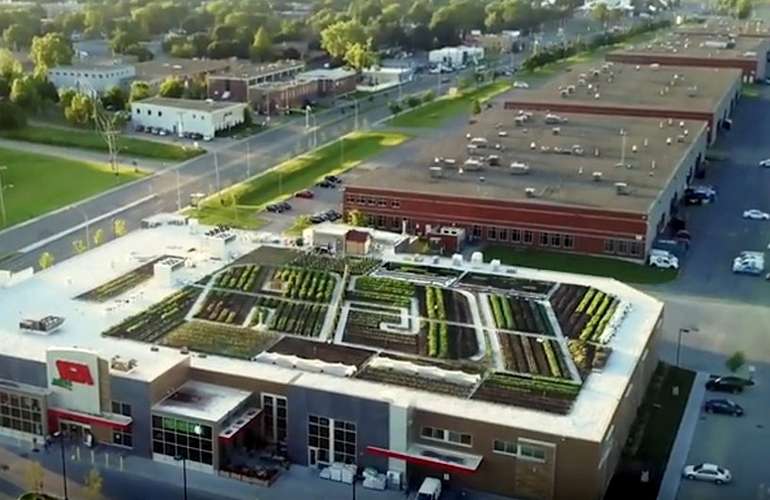
Aside from making use of rainwater that from any other grocery store roof have been directed to sewers, this store reuses water from its dehumidifiers as well for irritation. All of these steps the store has taken to reduce their environmental impact – the green roof, water recycling and producing food, were an important part this building achieving certification of LEED gold. LEED (Leadership in Energy and Environmental Design) is a green building rating system which promotes sustainable and healthy building practices.
One last thing that is really indisputable, is the taste advantage. Much of the produce in the US and Canada is shipped from Mexico or overseas. In order to make that long trip and not arrive rotten, foods are often picked prematurely so they will ripen on a long voyage. You just cannot beat the flavor of a ripe tomato from a vine compared to a green one that ripened in the back of a truck travelling thousands of miles. We hope this notable project leads to more grocery store green roofs producing their own food!
Now you know about the benefits of a Green Roof, learn more about growing food at home, composting, and other easy lifestyle changes to reduce your environmental footprint in these pages :
Find more about green home construction in the Ecohome Green Building Guide pages - also, learn more about the benefits of a free Ecohome Network Membership here. |
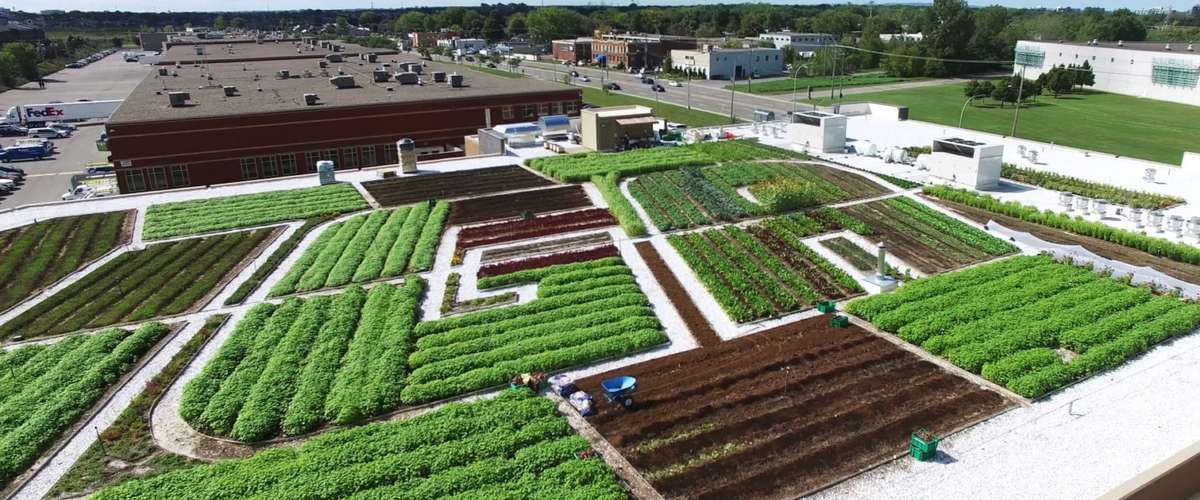














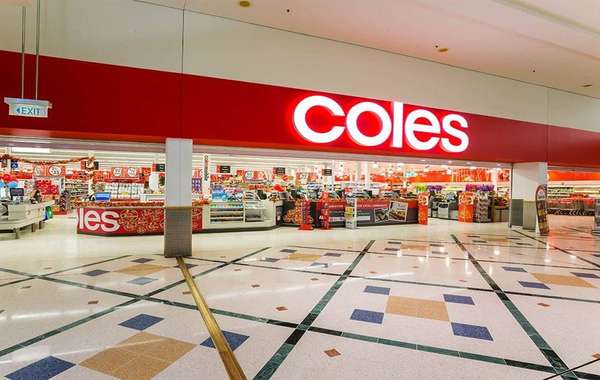
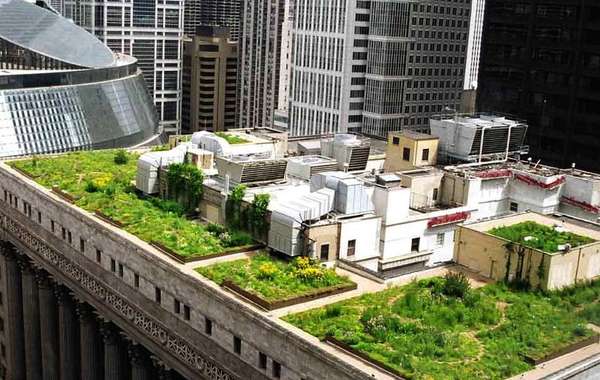
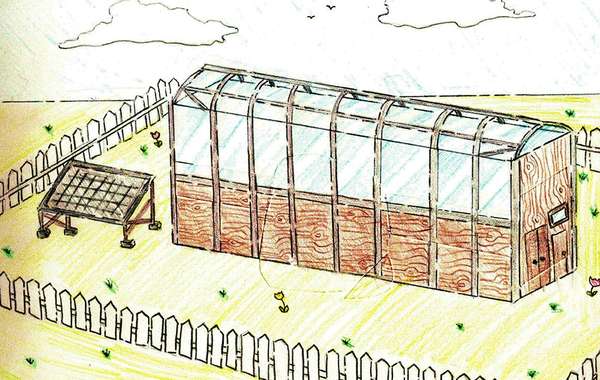

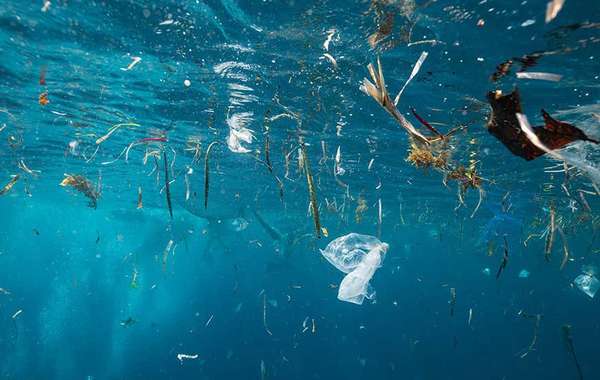
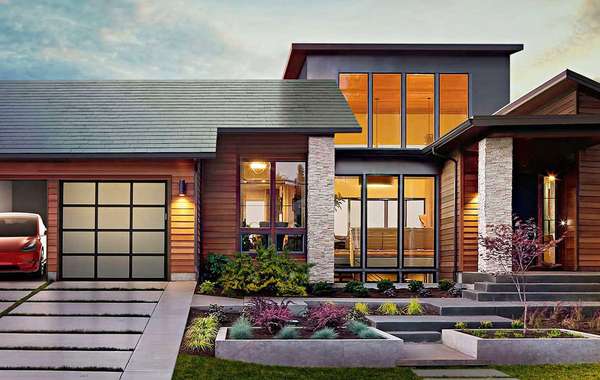
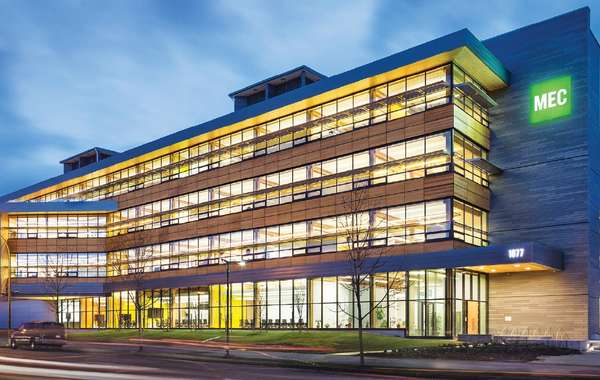

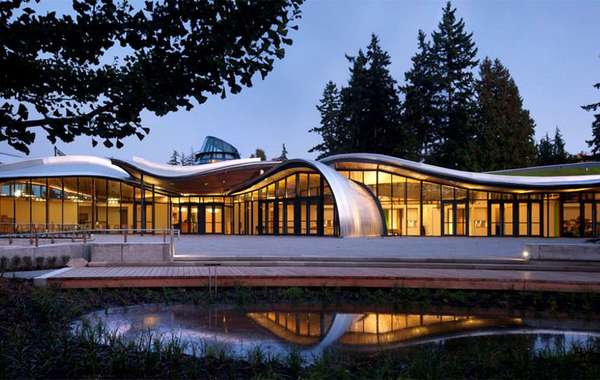
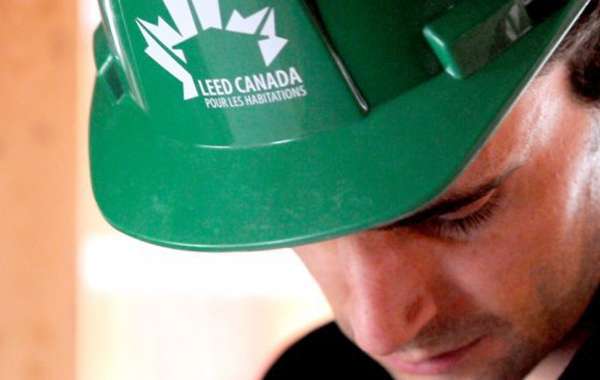
Comments (0)
Sign Up to Comment